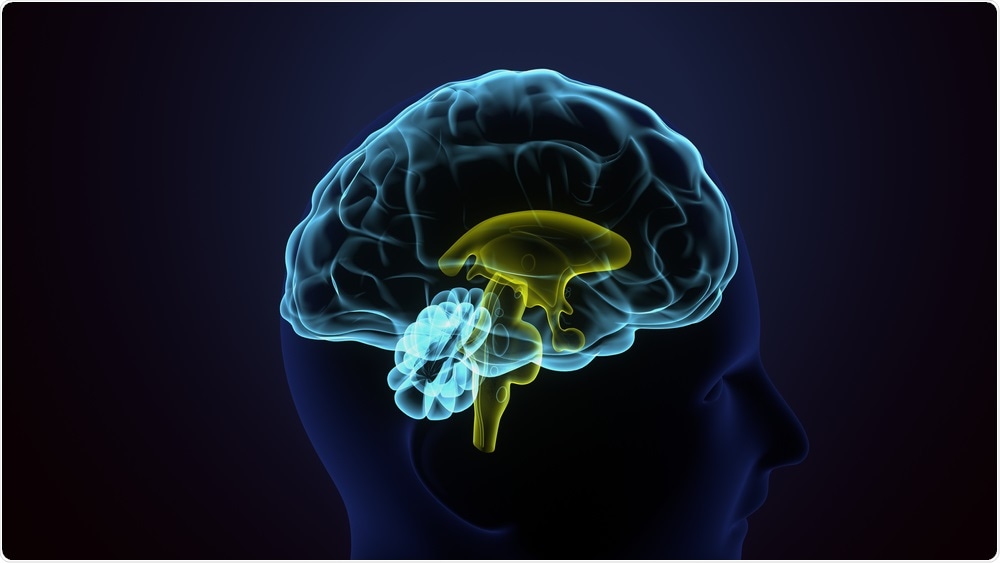For data to travel from one nerve cell to the next, a complex association between different proteins is necessary. Martin Luther University Halle-Wittenberg (MLU) researchers have now studied this mechanism in synaptic vesicles, which play a significant role in this process. The findings were published in the journal Nature Communications.

Brain. Image Credit: Life science/Shutterstock.com
Several billion nerve cells interact with one another in the body, allowing humans and other living beings to sense and react to their surroundings. Within a few milliseconds, a host of diverse electrical and chemical processes takes place.
Special messenger substances—known as neurotransmitters—are released at the synapses of the nerve cells. They transmit information between the individual nerve cells.”
Dr Carla Schmidt, Assistant Professor, Centre for Innovation Competence HALOmem, Martin Luther University Halle-Wittenberg
The messenger compounds are encapsulated in small vesicles known as synaptic vesicles, which fuse with the cell membrane in reaction to an electrical impulse and release the messenger substances. Special receptor proteins in the next nerve cell identify the messenger substances.
For this to happen, multiple proteins must collaborate, meshing like cogs in a clockwork process. Schmidt, on the other hand, believes that very little is actually understood about how this process operates in detail.
The researchers investigated the process using a form of mass spectrometry. Cross-linking mass spectrometry aids in the identification of protein interaction sites. This is combined with a compound that binds nearby proteins together.
Based on how the proteins communicate with one another, this substance interacts in various places. The mass spectrometer examines the binding patterns, which can be used to make inferences regarding the protein arrangement. This allows researchers to observe the vesicles at various stages to determine which protein networks have evolved.
The Halle study provides a more in-depth view of the mechanism of signal transmission in nerve cells. Knowledge of normal processes aids scientists in identifying and comprehending flaws that could lead to disorders like Alzheimer’s.
Source:
Journal reference:
Wittig, S., et al. (2021) Cross-linking mass spectrometry uncovers protein interactions and functional assemblies in synaptic vesicle membranes. Nature Communications. doi.org/10.1038/s41467-021-21102-w.